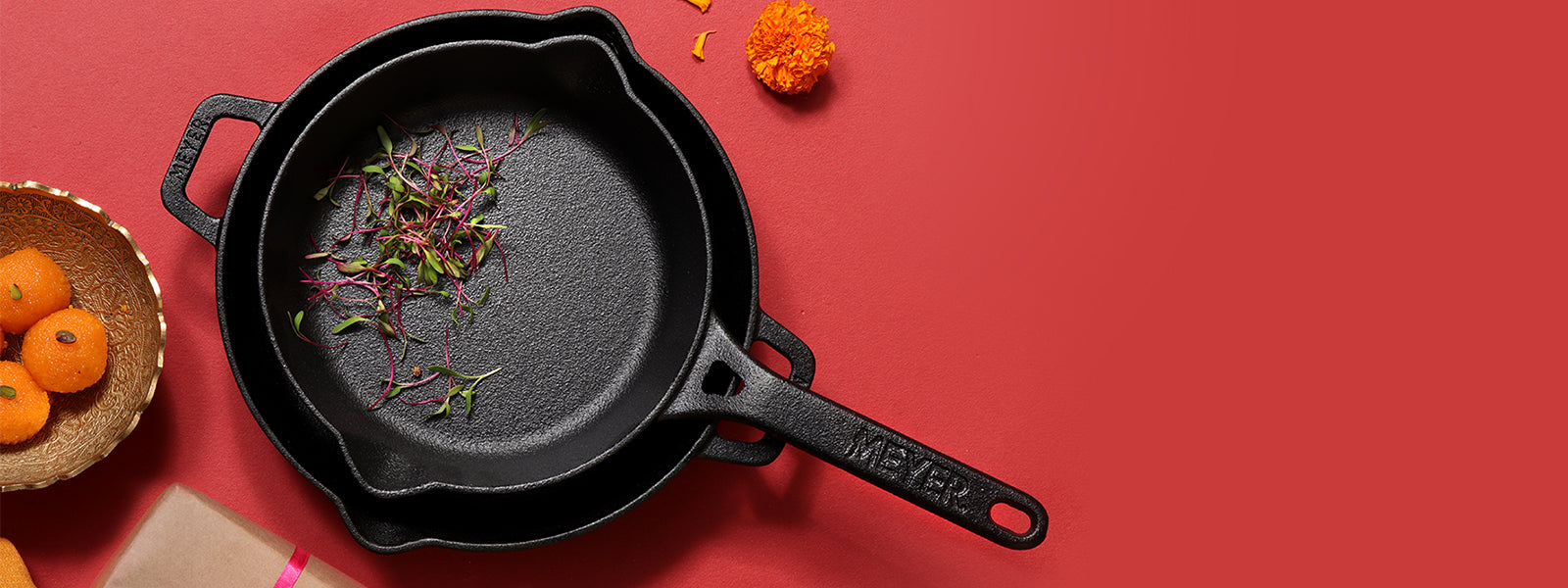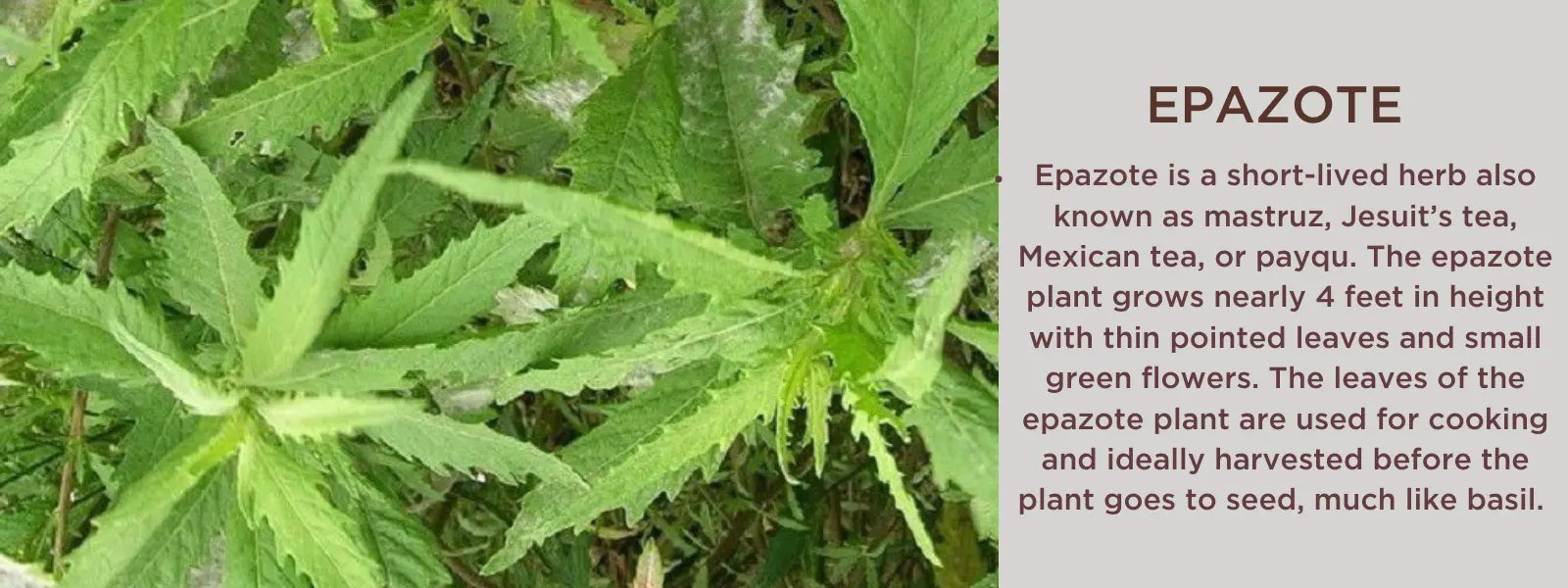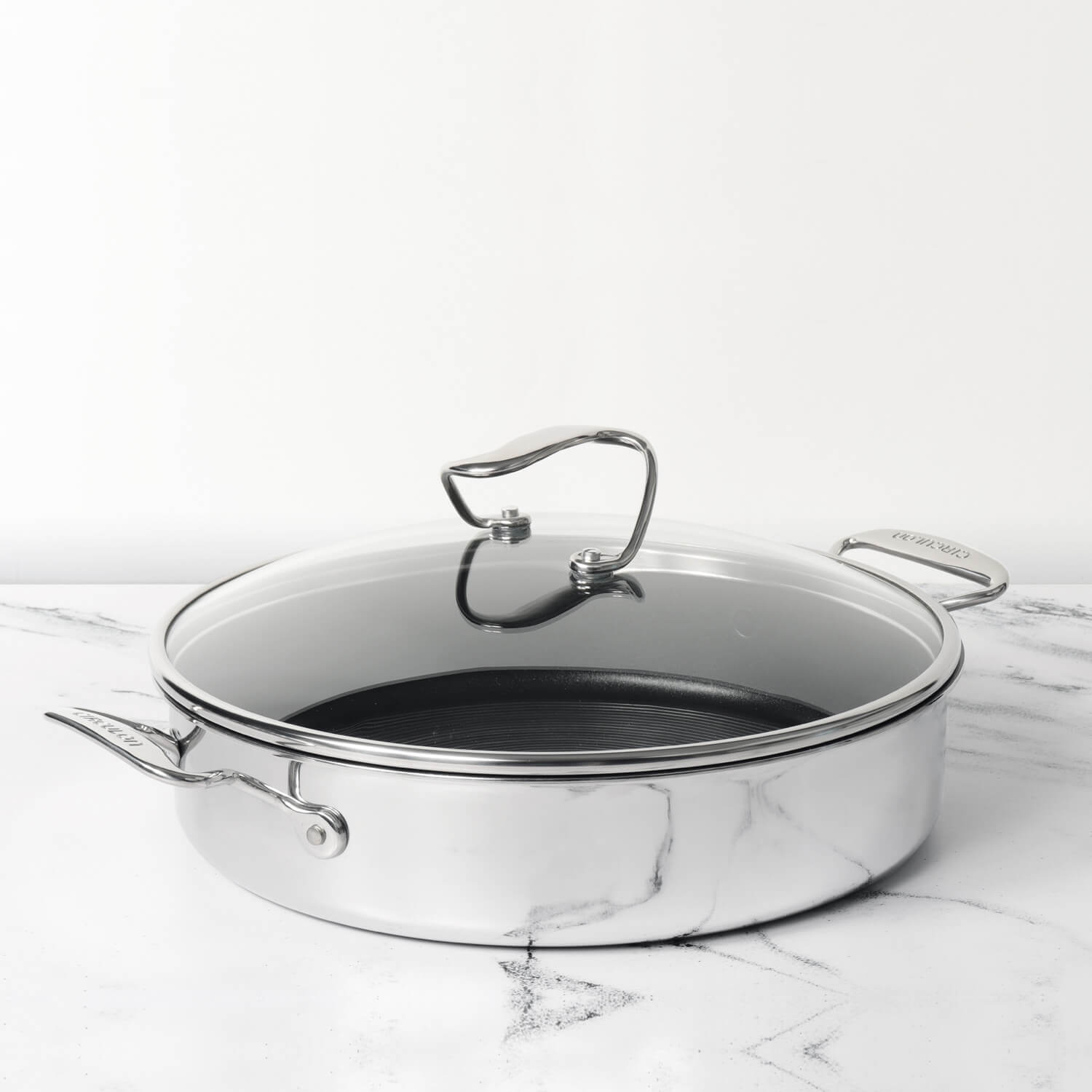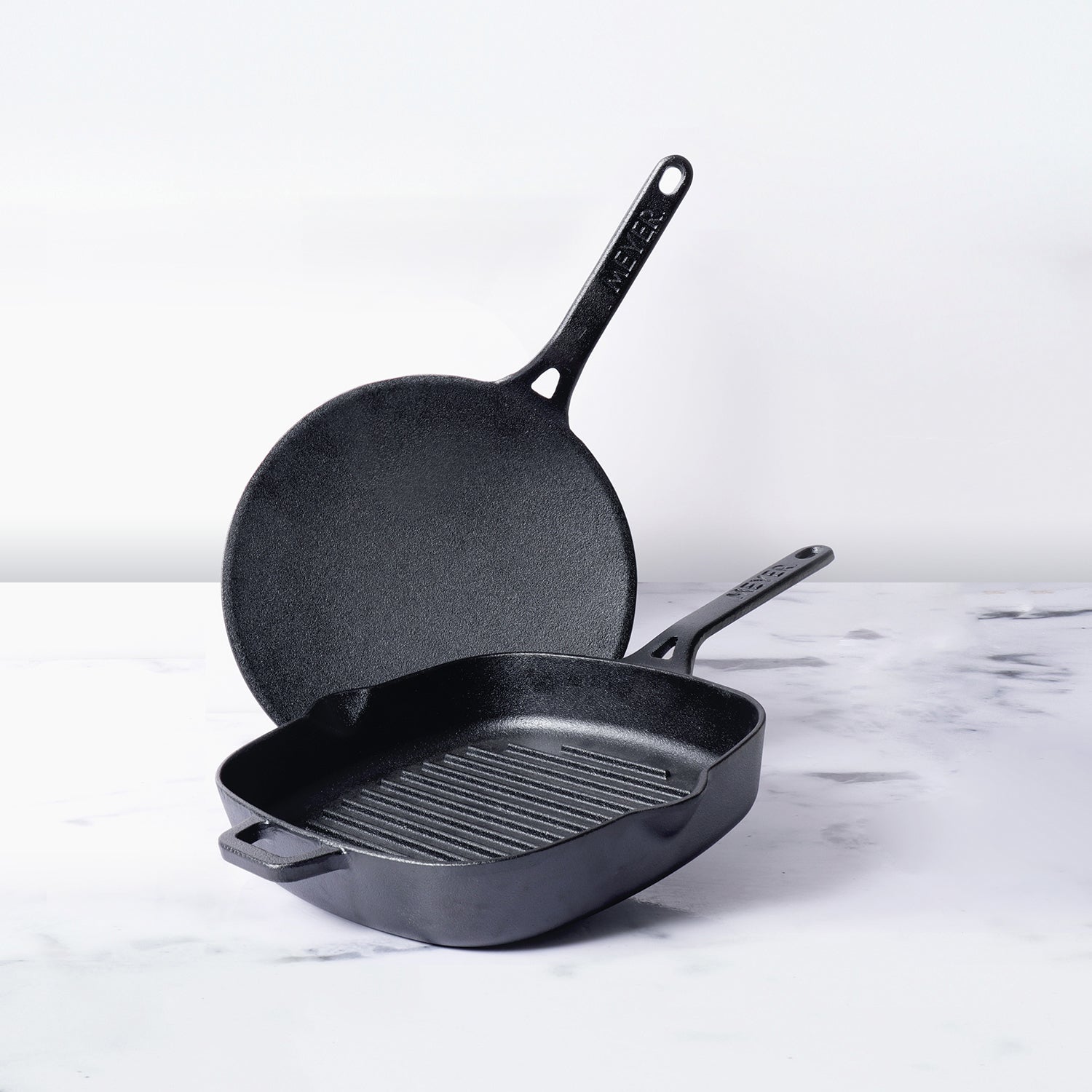Licorice is a plant that has been used for thousands of years as a medicine. Licorice root has long been used in Chinese medicine to treat a variety of illnesses, including as infections, malaria, gastrointestinal issues, and sleep disorders.
Licorice root is frequently employed as a sweetener in food, drink, and pharmaceutical products. Despite being 50 times sweeter than sugar, it has advantages over sugar in terms of health. More than 300 chemical elements and flavonoids are found in licorice root.
Table of Contents
The most active chemical component in licorice, glycyrrhizin, has been investigated for its potential as a medication. It has been demonstrated that this potent phytochemical can fight infections, treat stomach ulcers, and reduce body fat.
The health of your intestines, brain, and liver are all improved by licorice root use. It is also known as the "sweet root" since it is 50 times sweeter than sugar. This root contains a variety of carbohydrates, such as starch, glucose, fructose, and sucrose, as well as important minerals and bioactive substances. It has anti-inflammatory qualities and includes dietary fibre as well. These elements contribute to its extraordinary health advantages.
What is Licorice?
A plant used for herbal medicine is liquorice. Scientifically, it is known as Glycyrrhiza glabra. Due to its health advantages, this plant's roots are in high demand. Southern Europe and Western Asia are the original home regions of liquorice. For many years, people have used it to treat a range of illnesses. It is renowned for its capacity to provide flavour to candies, beverages, and medications. Licorice has been utilised as medicine since the ancient Egyptians. Additionally, roots were used to make a sweet beverage for the ancient monarchs.
Health benefits of Licorice root:
- Treats Gastric Ulcers
The sores in the stomach, lower oesophagus, or intestines are referred to as peptic ulcers. Peptic ulcers form as a result of inflammation brought on by the H. pylori bacteria.
Antibacterial properties are present in licorice root. Flavonoids found in it are efficient at eliminating the H. pylori bacterium. Furthermore, chemicals called flavonoids are abundant in plants and are highly helpful in treating bacterial infections like Staphylococcus aureus and Candida albicans.
By using liquorice root extract and its glycyrrhizin, you can lessen the severity of peptic ulcers.
Additionally, it aids in the restoration of damaged and inflamed mucous membranes of the digestive tract. Liquorice defends the stomach and duodenum by increasing the production of mucin. The creation of a molecule known as mucin that shields these organs' membranes from stomach acid and other harmful chemicals is known as mucin synthesis.
- Promotes Loss of Weight
Liquorice assists in avoiding obesity and the buildup of body fat. A study found that it reduces body fat without changing our BMI. Flavonoids included in liquorice help prevent the accumulation of body fat. By limiting the absorption of fat, raising calorie expenditure, regulating blood sugar and insulin, and lowering inflammation, flavonoids prevent the buildup of body fat. Additionally, eating foods high in flavonoids reduces fat storage, especially belly fat.
Liquorice can even be applied topically to promote weight loss. Glycyrrhetinic acid, which is present in liquorice, aids in shedding extra fat where it is applied frequently.
- Reduces the symptoms of menopause and menstruation
Women who experience menstrual cramps frequently can turn to licorice root as a remedy at home. Research suggests that it also helps with a variety of menopause symptoms, such as hot flashes. Phytoestrogens are also present in liquorice. These are substances derived from plants that function in the body in a way that oestrogen does. The hormone oestrogen controls the menstrual cycle.
The typical release of this hormone alters and fluctuates significantly in women who are close to menopause. During this time, phytoestrogens may be advantageous for women. It restores hormone balance and lessens the menopausal phase, which is accompanied by a number of unpleasant side effects.
Liquorice root can aid in easing pain and spasms, especially in the legs and abdomen. Liquorice's two main ingredients are flavonoids and glycyrrhizin. Antioxidants called flavonoids increase blood flow, lessen cellular and tissue deterioration, and lessen inflammation.
- Desserts Papular Sores
After the glycyrrhizic acid is removed, liquorice is transformed into deglycyrrhizinated liquorice (DGL). DGL conserves the calming and therapeutic properties of the root.
DGL and warm water should be applied internally to the mouth's linings. It considerably speeds up the healing process.
- Aids in Rheumatoid Arthritis Treatment
Flavonoids, one of the active components of licorice root, have anti-inflammatory actions. It can be used as a supplement in addition to rheumatoid arthritis drugs. The current treatments for rheumatoid arthritis do not stop biochemical feedback loops.
According to studies, the anti-inflammatory properties of glycyrrhizin and glycyrrhetinic acid in liquorice are similar. As a result, licorice root may be an effective supplementary treatment for arthritis.
As an anti-inflammatory, glycyrrhizin. Additionally, it helps the body produce cortisol. An immunosuppressant, cortisol aids in the prevention of arthritis and pain. Additionally, it lessens some of the negative consequences of cortisol, such as anxiety and adrenal exhaustion.
Uses of Liquorice root:
It can be consumed in a variety of ways to aid with weight loss. You can buy liquorice tea from the store or make your own at home. When the tea water is boiling, add the dried licorice root. Sip this warm cup of joy after letting it cook for a few minutes. A salad dressing alternative is to get organic licorice oil from the grocery store. Additionally, there are dry liquorice sticks on the market that can be cleaned and eaten right away.
How to consume Liquorice root?
The licorice root is difficult to eat whole. To prepare tea, you can either peel the roots yourself or purchase them peeled from the market. Creating liquorice tea
- In a cup of boiling water, combine a tablespoon of the peels.
- Before it becomes cold, strain it and serve it.
- You can also use it by fully dissolving 14 teaspoon of licorice powder in hot milk.
Frequently asked questions on Liquorice root:
Q: What is the benefit of liquorice root?
A: It offers a variety of health benefits. The elements found in the root, for instance, can treat sore throats, heartburn, irritable bowel syndrome, ulcers, fatigue, tension, and other conditions. It has flavonoids, which are anti-inflammatory, in it. Flavonoids also have restorative and therapeutic properties.
Q: How much liquorice root is safe?
A: Although there is no established dosage for licorice root, you shouldn't exceed 100 grammes daily.
A: Can I consume liquorice root daily?
A: You should only eat a small bit of liquorice root. It is best to only drink it for three to six weeks. Additionally, you shouldn't consume more than 100 grammes every day.
Q: Is licorice root an anabolic steroid?
A: Glycyrrhiza licorice may interact with cortisol and has a slight glucocorticoid impact. Chemically, glycyrrhizin and corticoids are related. As a result, it can bind to the receptors for glucocorticoids and mineralocorticoids.
Q: Who should avoid consuming liquorice?
A: Low blood potassium levels and irregular heartbeats may develop from excessive ingestion of more than 40 grammes per day for two weeks in adults over the age of 40. (arrhythmia). It should not be consumed by young people, women who are pregnant, or nursing mothers.
Q: Is licorice beneficial for weight loss?
A: Yes, licorice reduces body fat and blocks the production of aldosterone. Both contribute to an increase in body weight. Plants contain compounds called flavonoids that have antioxidant properties. Due to its high flavonoid content, liquorice oil aids in weight loss by regulating the enzyme that contributes to both fat accumulation and fat breakdown.
Q: Is liquorice healthy for your digestive system?
A: Yes, it helps to relieve digestive and abdominal issues like stomach ulcers, heartburn, and stomach inflammation. It contains several flavonoids that fight inflammation. Furthermore, it calms an unsettled stomach.
Q: Is licorice safe for someone who has diabetes?
A: Amorfrutin is a substance found in liquorice. According to a rat study, it drastically reduced diabetic animals' blood sugar levels and inflammation. Amorfrutins also prevent the fatty liver from developing, which is one of diabetes' negative effects.
Is licorice a sugary food?
A: Glycyrrhizin, which is present in liquorice, is 50 times sweeter than sugar. Consuming a lot of liquorice-related items can cause fluid retention and hypertension, or high blood pressure.











Leave a comment